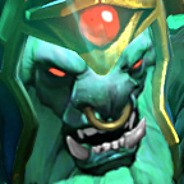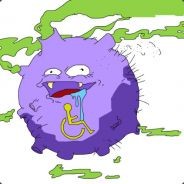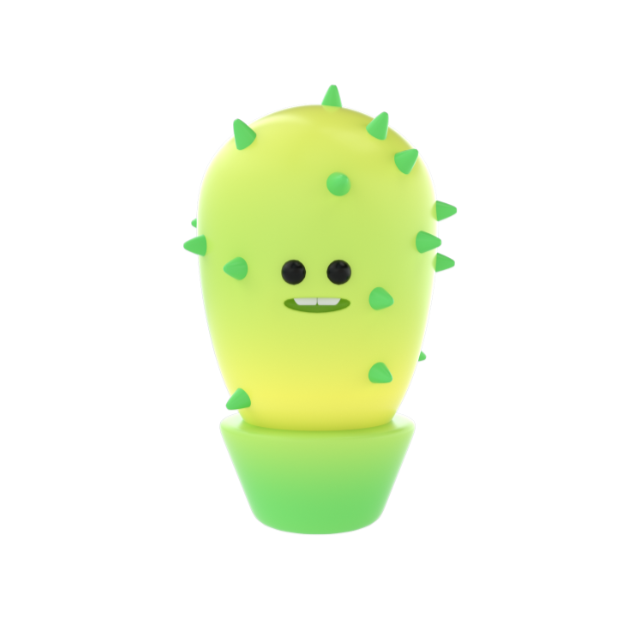Ex. 1 p. 140 Read the interview about the solar system . Copy the diagram into your notebook and talk about the solar system using the points in it. Then, complete it with information about the solar system.
(the giagram is is below)
Interviewer: Welcome to The Science Show. Today I’m talking to Professor John Stewart about the solar system. So, Professor, tell me about the solar system. Where’s the best place to start?
Prof: With the Sun, of course. The Sun is at the centre of the solar system. It’s also the biggest object in it. In fact, the word ‘solar’ in ‘solar system’ means the Sun. Everything else in the solar system moves around it, including the eight planets.
Interviewer: Can you tell us something about the planets?
Prof: Of course. We can put the planets into two groups: the inner planets and the outer planets. I’ll start with the inner planets: Mercury, Venus, Earth and Mars. These are the planets that are closest to the Sun. They are also the smallest planets and they all have a rocky surface. The Earth is unusual because it’s got both water and ice, but Mercury and Mars have some ice on them too.
Interviewer: What about the outer planets? How are they different?
Prof: The outer planets are Jupiter, Saturn, Uranus and Neptune. They are great big balls of gas and they don’t have a solid surface. They can also be very stormy places. On Jupiter, there is a huge storm that is hundreds of years old. And on Neptune the winds can be faster than 1000 miles per hour.
Interviewer: Many of the planets also have moons, don’t they? Can you tell us about them?
Prof: Well the Earth is not the only planet in the solar system with a moon. The outer planets all have over ten moons each. Jupiter has the most with 67. They are not all as empty as the Earth’s Moon, though. We actually believe that one of Jupiter’s moons has a sea with a thick layer of ice on top.
Interviewer: So we’ve talked about the Sun, the planets and the moons. Is there anything else in the solar system?
Prof: Yes, there are asteroids. Asteroids are like planets, but smaller. Some are hundreds of miles across. Others are only a few metres wide. Millions of these asteroids move around the Sun between Mars and Jupiter. There’s also a large area of asteroids further out than Neptune. Four asteroids are so big that we call them dwarf planets. Scientists will probably find hundreds more dwarf planets in the future.
Interviewer: That’s fascinating, Professor. Stay with us, listeners, and we’ll be right back after the news.
Ex. 2 a) Read the extracts (A-B). Which is from the introduction of a presentation? Which is from the conclusion?
A Scientists have learned so much about our solar system already, and they are sure to make new and amazing discoveries in the future as well.
B What is always there, but we only see it during the day? It’s the Sun, of course! The Sun is the star at the centre of our solar system, and all of the planets, asteroids and moons move around it. Today I’m going to tell you more about our solar system and its parts.
1 using a riddle 2 making a statement
281
434
Ответы на вопрос:
Dear steve, i was glad to get your letter. i was very interested to read your news! in your letter you ask me about my preferences related to movies. of course, i love movies and often watch them in the cinema. it's great fun to enjoy a good movie! as a rule, my friends and i go to the movies twice a month. last week we saw "puss in boots." this funny cartoon, we laughed a lot. my dream - to see the old silent films. unfortunately, they are not shown in the film at the moment. i'm sorry, i now need to go to the store. stay connected. with love, andrew
Реши свою проблему, спроси otvet5GPT
-
Быстро
Мгновенный ответ на твой вопрос -
Точно
Бот обладает знаниями во всех сферах -
Бесплатно
Задай вопрос и получи ответ бесплатно

Популярно: Английский язык
-
поставить артикли, где необходимо )...
 апнг112.05.2023 23:08
апнг112.05.2023 23:08 -
Characteristics car butterfly Cloe. pencil boy co co It moves It reproduces...
 звезда0ютуба17.03.2021 09:44
звезда0ютуба17.03.2021 09:44 -
Які запитання поставити вчителю do you like......
 rrrrrrrrrrrrrrrrt03.03.2021 19:17
rrrrrrrrrrrrrrrrt03.03.2021 19:17 -
ДАЛЫМ ОҚЫЛЫМ МӘТІНМЕН ЖҰМЫС тапсырма. Мәтінді оқы. Түсінгеніңді айт....
 divinadd1126.10.2021 02:30
divinadd1126.10.2021 02:30 -
Написати твір висвітливши усі найголовніші проблеми - Growing population...
 Gelua212809.02.2021 10:02
Gelua212809.02.2021 10:02 -
ответить на во по тексту !...
 afsanka9813.06.2021 01:34
afsanka9813.06.2021 01:34 -
ставить недостающее слово 1. We have ...what we intended to do. 2....
 mariya19121511.03.2020 08:36
mariya19121511.03.2020 08:36 -
Решите Английский язык 10 класс...
 047oksana28.09.2022 12:47
047oksana28.09.2022 12:47 -
3. Ukrainian mass media ... to many kinds of readers. a) appeals b)...
 UoYFer19.12.2022 12:52
UoYFer19.12.2022 12:52 -
Rewrite the sentences in reported speech. 1. “I like travelling by...
 pait20.05.2022 04:52
pait20.05.2022 04:52

Есть вопросы?
-
Как otvet5GPT работает?
otvet5GPT использует большую языковую модель вместе с базой данных GPT для обеспечения высококачественных образовательных результатов. otvet5GPT действует как доступный академический ресурс вне класса. -
Сколько это стоит?
Проект находиться на стадии тестирования и все услуги бесплатны. -
Могу ли я использовать otvet5GPT в школе?
Конечно! Нейросеть может помочь вам делать конспекты лекций, придумывать идеи в классе и многое другое! -
В чем отличия от ChatGPT?
otvet5GPT черпает академические источники из собственной базы данных и предназначен специально для студентов. otvet5GPT также адаптируется к вашему стилю письма, предоставляя ряд образовательных инструментов, предназначенных для улучшения обучения.
